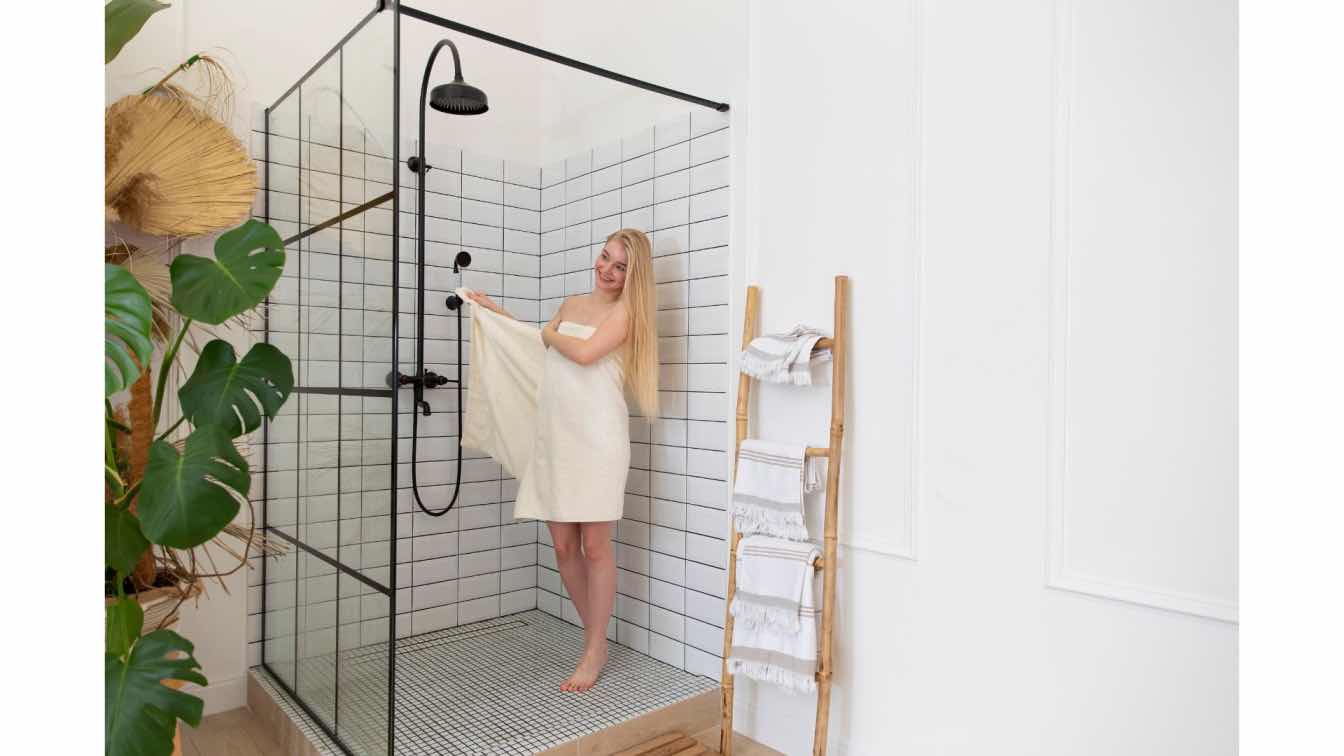Whether you are designing the interior of your new kitchen for your new home or making updates to your existing one, choosing the right cabinet style can drastically affect the look and feel of your kitchen.
Cabinets take up considerable space in your kitchen which can dramatically affect both the room's utility and its style. By choosing the right type and layout of cabinets, you can maximize your storage options and streamline your kitchen workflow.
Although there are many cabinet styles to choose from, there are generally two main types: framed and frameless kitchen cabinets. Understanding the unique characteristics of each style will help you determine which option aligns with your aesthetic preferences and functional needs.
What Are Framed Kitchen Cabinets?
Framed kitchen cabinets have been around since the 19th century and were initially popularized by innovators like Catharine Beecher and Christine Frederick, who emphasized efficiency and organization in kitchen design.
Later on in the 20th century, framed cabinets evolved to embrace new styles and finishes, keeping pace with the shifting trends in home design. Modern framed kitchen cabinets are characterized by their solid face frame construction, which provides structural support and a classic, timeless appearance.
The face frame, typically made from hardwood, surrounds the front of the cabinet box and offers a sturdy base for attaching doors and drawers. The doors and drawers are mounted onto this frame, which can either be partially overlay, full overlay, or inset.
In partially overlay cabinets, the doors cover only part of the frame, while in full overlay, they cover nearly the entire frame. In inset cabinets, the doors fit flush within the frame, creating a seamless look.
Framed cabinets are often constructed from solid hardwoods such as oak, maple, cherry, and hickory, providing durability and a high-quality finish. The face frames themselves are typically made from these hardwoods for added strength. These cabinets come in a variety of finishes, including stained wood, painted surfaces, and glazed treatments.
What are Frameless Kitchen Cabinets?
Unlike traditional framed cabinets, frameless cabinets do not have a face frame. Instead, the doors attach directly to the cabinet box's sides using concealed hinges, allowing for maximum storage space and accessibility.
The cabinet box is typically constructed from thick, high-quality materials to ensure it remains stable and durable, as the sides need to support the weight of the doors and any interior hardware. Hinges are directly attached to the cabinet's interior walls, which allows for a clean, seamless appearance when the doors are closed.
Frameless cabinets are frequently made from MDF (medium-density fiberboard), plywood, and particleboard, often finished with high-gloss or matte laminate for a smooth, modern surface. These materials contribute to the sleek look of the cabinets.
Additionally, wood veneers and thermofoil are popular for their variety of colors and textures, catering to diverse design preferences. High-end frameless cabinets might also feature solid wood doors with refined finishes, adding a touch of luxury.
How to Determine Which Kitchen Cabinet Style is the Best for You
Choosing between a framed and frameless kitchen cabinet isn’t a matter of which one is better than the other, but rather which one aligns better with your specific requirements and style preferences. Both types have distinct benefits that cater to different kitchen designs and functionalities.
Here are some helpful pointers on how to determine which cabinet style is the best for your kitchen before consulting with a cabinet makers & installers:
Your Budget
Budget considerations are crucial when choosing between framed and frameless cabinets, as frameless options tend to be more costly due to their precise construction and high-quality materials.
Framed cabinets are generally more affordable than frameless cabinets, as they can be constructed from a variety of materials ranging from budget-friendly plywood to premium solid wood, offering flexibility in cost.
On the other hand, frameless cabinets tend to be more expensive due to the precision required in their construction and the use of higher-quality hardware and materials to compensate for the lack of a supporting frame.
Your Kitchen’s Existing Interior Style (or Your Interior Style Goals)
Whether you’re a homeowner updating your kitchen cabinets or choosing new ones for a new home, it’s important to consider your kitchen’s existing interior style or, for new homeowners, your kitchen interior style goals.
If your kitchen interior follows a more traditional or transitional style, cabinet makers usually recommend framed cabinets as the better option. Framed cabinets provide a classic, timeless look that complements detailed and decorative elements. The face frame construction adds depth and character, enhancing the overall aesthetic with options for intricate moldings, beadboard panels, and traditional hardware.
On the other hand, frameless cabinets work best with modern, contemporary, or minimalist kitchen styles. On the other hand, frameless cabinets work best with modern, contemporary, or minimalist kitchen styles. They provide a sleek and streamlined appearance that complements clean lines and open spaces. Without a face frame, these cabinets offer full access to the interior, maximizing storage efficiency and creating a seamless look.
Storage and Accessibility
Storage and accessibility are other important factors that cabinet makers will tell you to prioritize when selecting kitchen cabinets.
Framed cabinets, although versatile in installation and modifications, can have reduced storage capacity as the face frame can obstruct interior access.
In contrast, frameless cabinets offer more efficient storage solutions and full access to the cabinet interior, making it easier to store and retrieve items. This design is particularly advantageous in small kitchens where maximizing space is crucial.
Durability and Stability
Durability is another important factor. Framed cabinets offer exceptional stability and strength, with the face frame providing additional structural integrity, making them suitable for heavy doors and frequent use in busy kitchens.
On the other hand, frameless cabinets, although durable, rely on precise construction and high-quality materials for stability. The sides of the cabinet box must support the weight of the doors and hardware, which can affect their long-term durability and resistance to wear.
Installation and Maintenance
When installing kitchen cabinets, framed cabinets tend to be simpler to install because they are more tolerant of minor measurement errors. The face frame helps to conceal small imperfections in alignment, making the installation process easier.
Meanwhile, frameless cabinets require exact measurements and precise installation since there is no frame to hide any mistakes. This can make installation more difficult and potentially more expensive if hiring a professional is necessary. Additionally, frameless cabinets may require more frequent maintenance to keep the doors properly aligned, adding to their upkeep.
Final Thoughts
Deciding between framed and frameless kitchen cabinets involves assessing your specific needs and preferences.
Framed cabinets are ideal for those seeking a classic, sturdy option that offers flexibility in design and installation. Frameless cabinets, with their sleek, modern appearance, maximize storage and provide easy access.
When making your decision, take into account your kitchen's style, storage requirements, and budget. Additionally, consulting with experienced cabinet makers can provide valuable insights and help you make an informed choice. Their expertise can guide you through the nuances of different cabinet types and ensure you select the best option for your needs.





